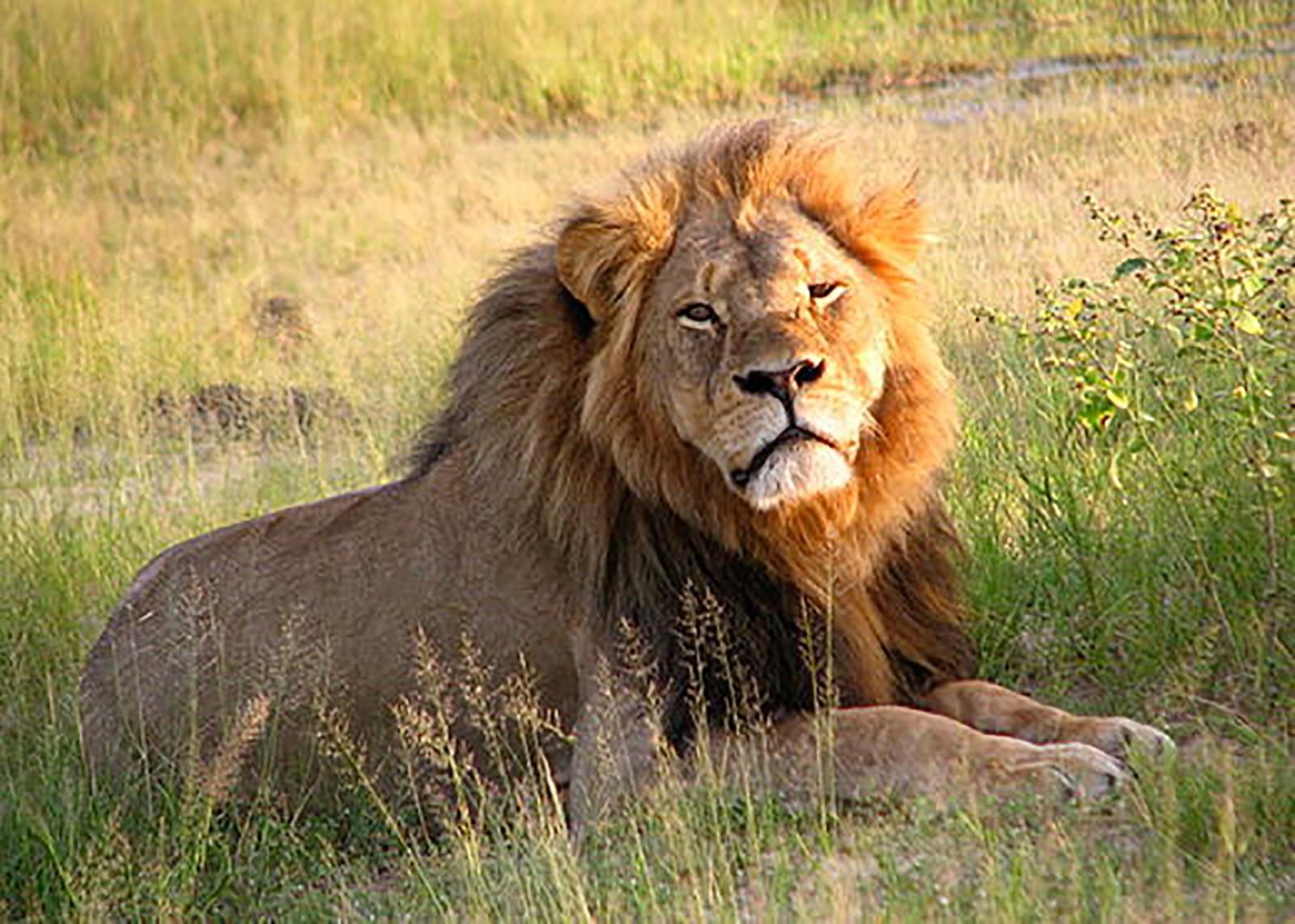Back in July, Minnesota dentist Walter Palmer took a trophy-hunting trip to Zimbabwe, where he reportedly tracked and killed Cecil, the country’s most beloved lion. Controversy erupted around the issue, as Cecil was being held and tracked in a compound near Hwange National Park. Palmer is accused of luring the lion outside of compound barriers, where he could shoot the lion legally.
Every news outlet from The New York Times to BuzzFeed has covered the story.
Palmer’s family and co-workers faced threats and his home has been vandalized. Comedian Ricky Gervais posted responses to the story on his Facebook page, which has thousands of followers. The Twittersphere erupted, calling Palmer a killer, a demon and a disgrace. Some sources reported that Palmer had gone into “hiding” in order to avoid the media storm and to protect his family.
But after the initial shock surrounding the issue died down, no one seemed to care about Walter Palmer anymore. New controversies popped up, summer carried on and Palmer’s name fell out of the spotlight.
That is, until yesterday. An interview with Palmer conducted dually by the Associated Press and the Minneapolis Star Tribune regarding his return to work quickly became prominent news on multiple media outlets’ websites, including The New York Times and The Boston Globe. The interview was rivaled only by news of President Obama’s executive order regarding paid sick leave for federal contractors.
And while initial outcry regarding Palmer’s poaching was directed at the trophy-hunting industry itself, it would seem that the tides have turned. By now, Palmer has assumed the brunt of the animosity.
The media has an abundant tendency to take a seemingly trivial issue and blow it up into something grandiose and absurd. And although we may think outrage journalism only applies to gossip columns and tabloid magazines, it appears that this sensationalized storytelling has become commonplace for even the most renowned and sophisticated of publications.
Realistically, we can’t blame the Times or the Globe for giving into the growing gleam of “click bait” — the practice brings in cash and more views to other, more newsworthy stories. But this merely highlights the bigger issue at hand: by sensationalizing singular stories, we are allowing the public to avoid facing the actual problems and dangers related to these stories.
As a culture, we have a tendency to point the finger at one person rather than take responsibility for the issue at hand. We pinpoint the personalities of the people profiled by these stories and place the entirety of the blame on them. In actuality, poaching is not a new problem. Why should we care about a single lion that has been killed when plenty of other lions are killed for sport every single day? In a way, we are only fooling ourselves. We are so engaged by sensational narratives that we often fail to see the significance of the hurt we cause by choosing one single person to demonize when the problem is much larger.
But this is exactly the point of outrage journalism. The media leeches onto the public’s heartstrings by focusing on the cubs Cecil left behind, or the fact that he was a Zimbabwean icon. By humanizing this lion, the media has dehumanized the person who killed him. And there are many blurred facts here. We don’t know if Palmer knew the lion’s stature or not — he claims he didn’t, and who are we to assume otherwise? Perhaps the hunting guide who led Palmer to the lion was in it for the $50,000 fee Palmer is alleged to have paid. That is not to forgive him of such an atrocity, but to remember that there are two sides to every story.
Clearly, sensationalized journalism is only heightened by the influence of social media, and the success of click bait leads to a vicious cycle. We as a society are strongly encouraged to voice our opinions online, oftentimes behind false identities or closed doors. But when these opinions are focused on a topic of sensationalized journalism and are quickly circulated, Internet shaming leads to the publication of even more ridiculous stories. We circulate stories and links, and contribute directly to the success of click bait stories. Publications make a profit from the widespread response, more click bait is created and the cycle begins again.
Our tendency to become outraged when it is fashionable to be so is a direct representation of just how numb we have become. While Cecil’s story is still a disturbing one, creating a social media firestorm and making a villain out of Palmer rather than focusing on poaching as a whole speaks volumes about the way media outlets have blinded us. And while sensationalized journalism has been prominent throughout history and is unlikely to disappear, we have a responsibility as consumers to begin reading between the lines.






















































































































